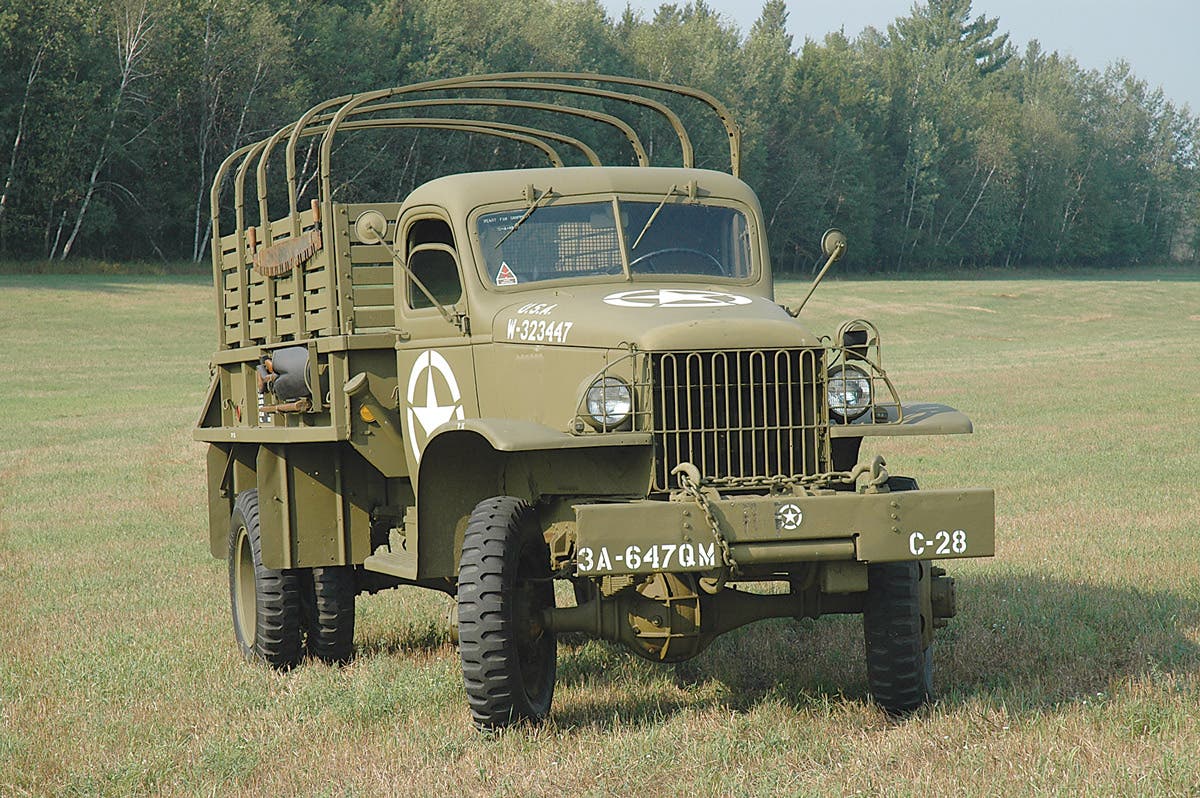Book Reviews: Land Rovers and Tanks of Barbarossa
Land Rovers in British Military Service: Coil-sprung models 1970-2007, by James Taylor and Geoff Fletcher (ISBN 978-1787112407, Veloce Publishing Ltd., distributed in the US by Quarto Publishing; 612.344.8100; www.quartoknows.com; Hardcover,…
Land Rovers in British Military Service: Coil-sprung models 1970-2007, by James Taylor and Geoff Fletcher (ISBN 978-1787112407, Veloce Publishing Ltd., distributed in the US by Quarto Publishing; 612.344.8100; www.quartoknows.com; Hardcover, 176 pages, 275 color and b/w photos, 2018, $62.50).
The book is a sequel to British Military Land Rovers, the leaf-sprung models, by the same two authors published by Herridge & Sons in 2015. It is intended for anyone interested in the coil-sprung Land Rovers that have served (and still serve) with the British armed forces.
Land Rover’s coil-sprung models include the first-generation Range Rover, One Ten family, Defender family and first-generation Discovery models. All have been taken into service by the British armed forces.
This volume covers first-generation Range Rover and Discovery models, as well as the One Ten, Ninety and One Two Seven, their Defender successors and, of course the Wolf XD derivatives. It describes and illustrates their uses and adaptations, while containing comprehensive vehicle lists and contract details. Included are exhaustive lists of serial numbers; contract details; special variants; non-operational prototypes; and includes Army, Navy and RAF purchases. Coverage deliberately ends at 2007 to respect current military sensibilities.
The Tanks of Operation Barbarossa: Soviet Versus German Armour on the Eastern Front, by Boris Kavalerchik, trans. by Stuart Britton (ISBN 978-1473886803; Pen and Sword Books, Ltd. 47 Church Street, Barnsley, South Yorkshire, England S70 2AS; www.pen-and-sword.co.uk; Hardcover, 288 pages, 2018, $42.95).
When the Germans invaded the Soviet Union in 1941 the Red Army had four times as many tanks as the Wehrmacht and their tanks were seemingly superior, yet the Wehrmacht won the border battles with extraordinary ease the Red Army’s tank force was pushed aside and for the most part annihilated. How was this victory achieved, and were the Soviet tanks really as well designed as is often believed? These are the basic questions Boris Kavalerchik answers in this absorbing study of the tanks and the tank tactics of the two armies that confronted each other at the start of the war on the Eastern Front.
Drawing on technical and operational documents from Russian archives, many of which were classified until recently and are unknown to Western readers, he compares the strengths and weakness of the tanks and the different ways in which they were used by the opposing armies. His work will be essential reading for military historians who are interested in the development of armored warfare and in this aspect of the struggle on the Eastern Front.
From the staff of North America's no. 1 historic military vehicle source -- Military Vehicles Magazine








